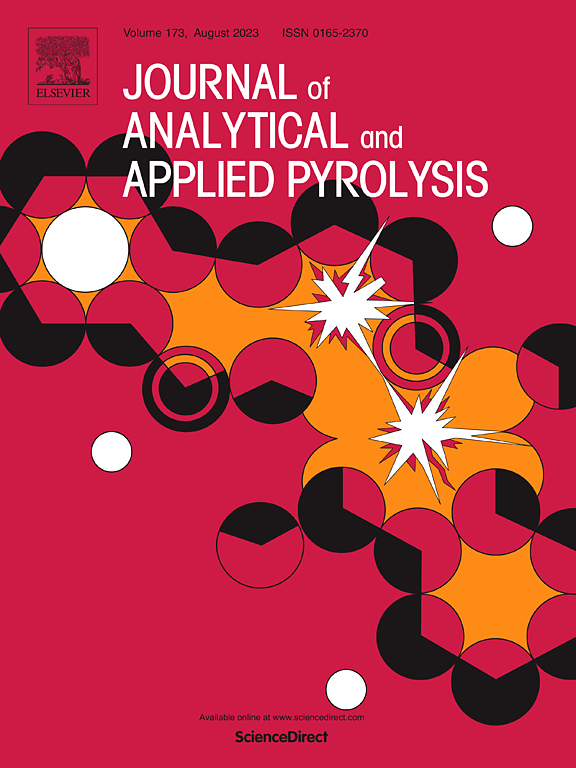Enhancing plastic pyrolysis for carbon nanotubes synthesis through machine learning integration: A review
IF 5.8
2区 化学
Q1 CHEMISTRY, ANALYTICAL
引用次数: 0
Abstract
The extensive use of plastic in daily life poses significant risks to the environment in recent years. Thus, transforming plastic waste into a valuable resource is essential to accomplish Sustainable Development Goal (SDG) 11: Sustainable Cities and Communities and SDG 12: Responsible Consumption and Production. The pyrolysis process as an alternative solution is proposed for the conversion of plastic waste into products such as oils, gases, and chars. A search on the Scopus database yielded 355 studies since 2021 on "pyrolysis using machine learning (ML)". This study highlights the application of ML techniques to enhance predictive modelling in plastic pyrolysis processes. ML has been effectively implemented in various aspects of plastic pyrolysis. However, its application in the production of carbon nanotubes (CNTs) has still not been fully explored. Various ML methods such as regression, decision trees, artificial neural networks (ANN), support vector machines (SVM), Random Forest (RF), Gradient Boosting Regressor (GBR), eXtreme Gradient Boosting (XGBoost), AdaBoost, and Stochastic Gradient Descent (SGD) are reviewed in terms of their effectiveness in predicting pyrolysis outcomes, considering different feedstock types, dataset sizes, and input/output variables. The study also addresses current challenges and prospects, focusing on the production of CNTs from plastic waste and optimizing pyrolysis conditions. In conclusion, integrating ML into plastic pyrolysis processes enhances both process efficiency and economic viability.
求助全文
约1分钟内获得全文
求助全文
来源期刊
CiteScore
9.10
自引率
11.70%
发文量
340
审稿时长
44 days
期刊介绍:
The Journal of Analytical and Applied Pyrolysis (JAAP) is devoted to the publication of papers dealing with innovative applications of pyrolysis processes, the characterization of products related to pyrolysis reactions, and investigations of reaction mechanism. To be considered by JAAP, a manuscript should present significant progress in these topics. The novelty must be satisfactorily argued in the cover letter. A manuscript with a cover letter to the editor not addressing the novelty is likely to be rejected without review.

 求助内容:
求助内容: 应助结果提醒方式:
应助结果提醒方式:


